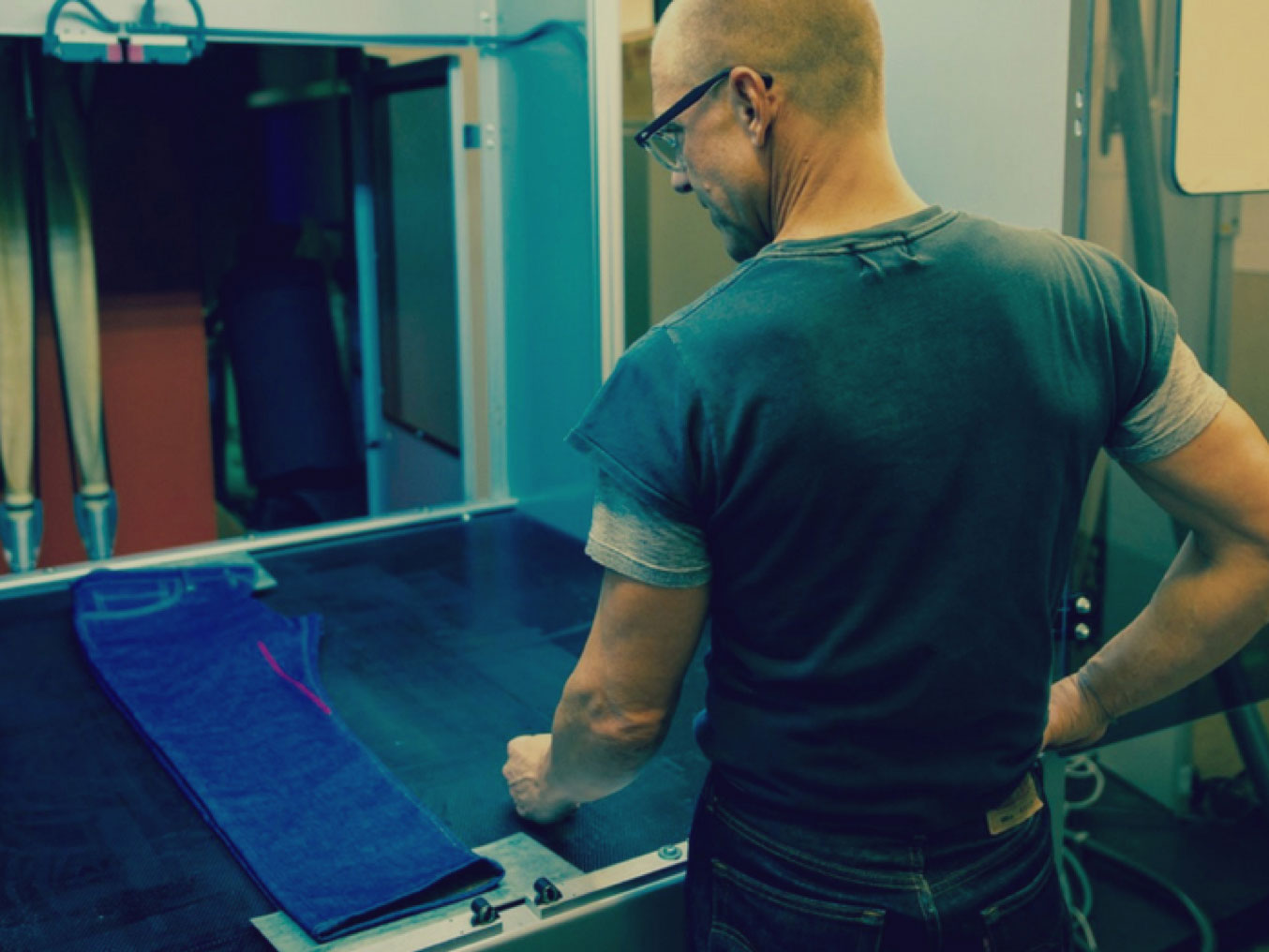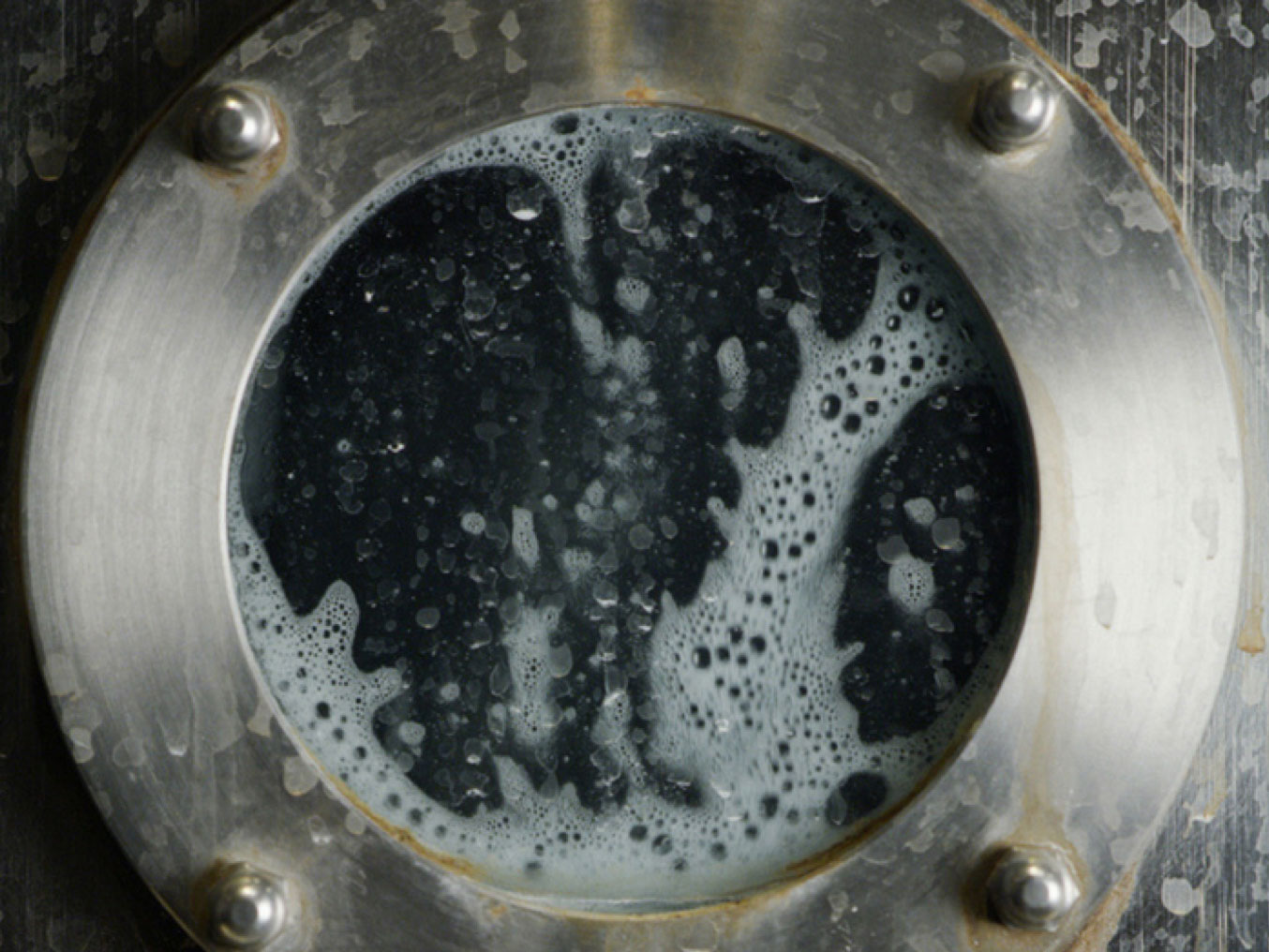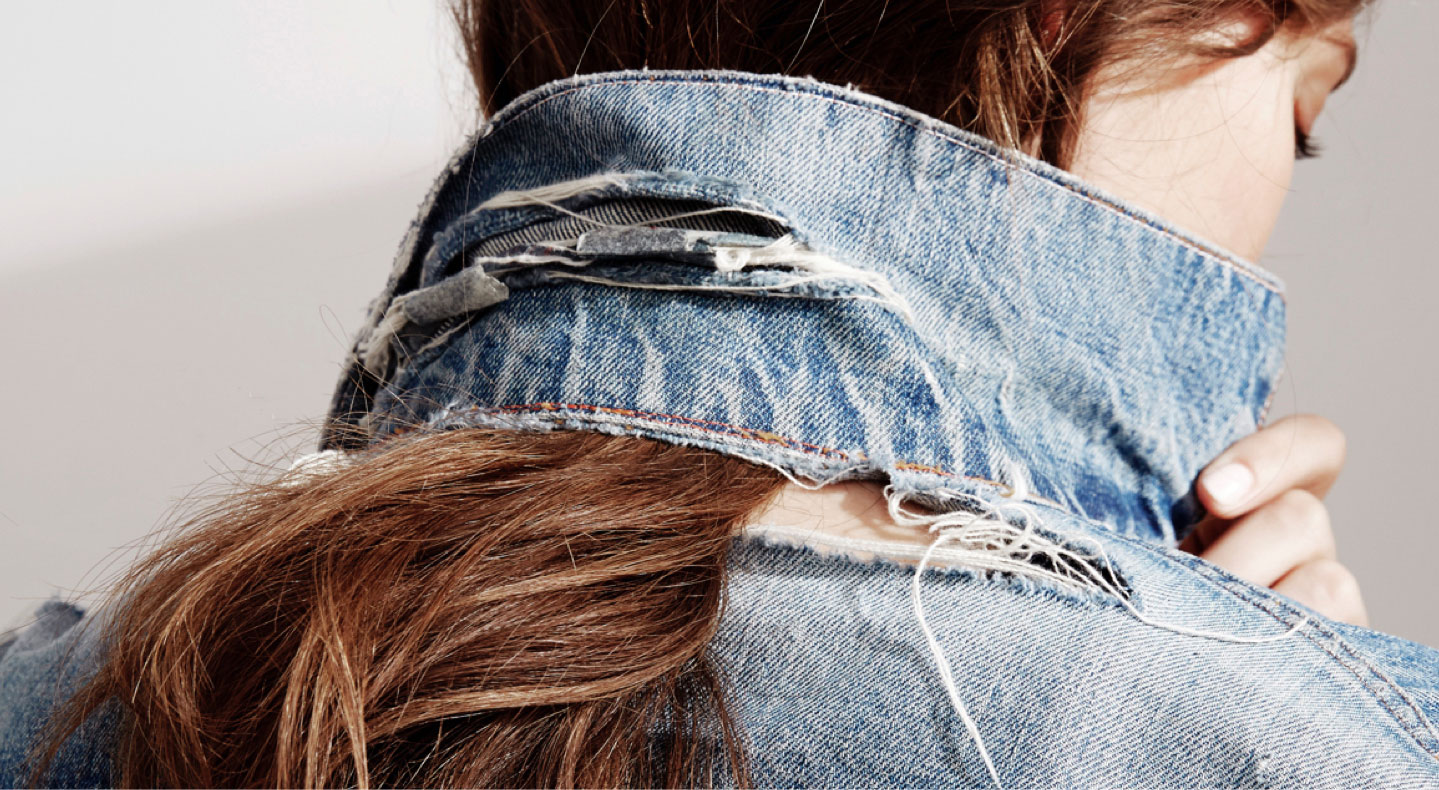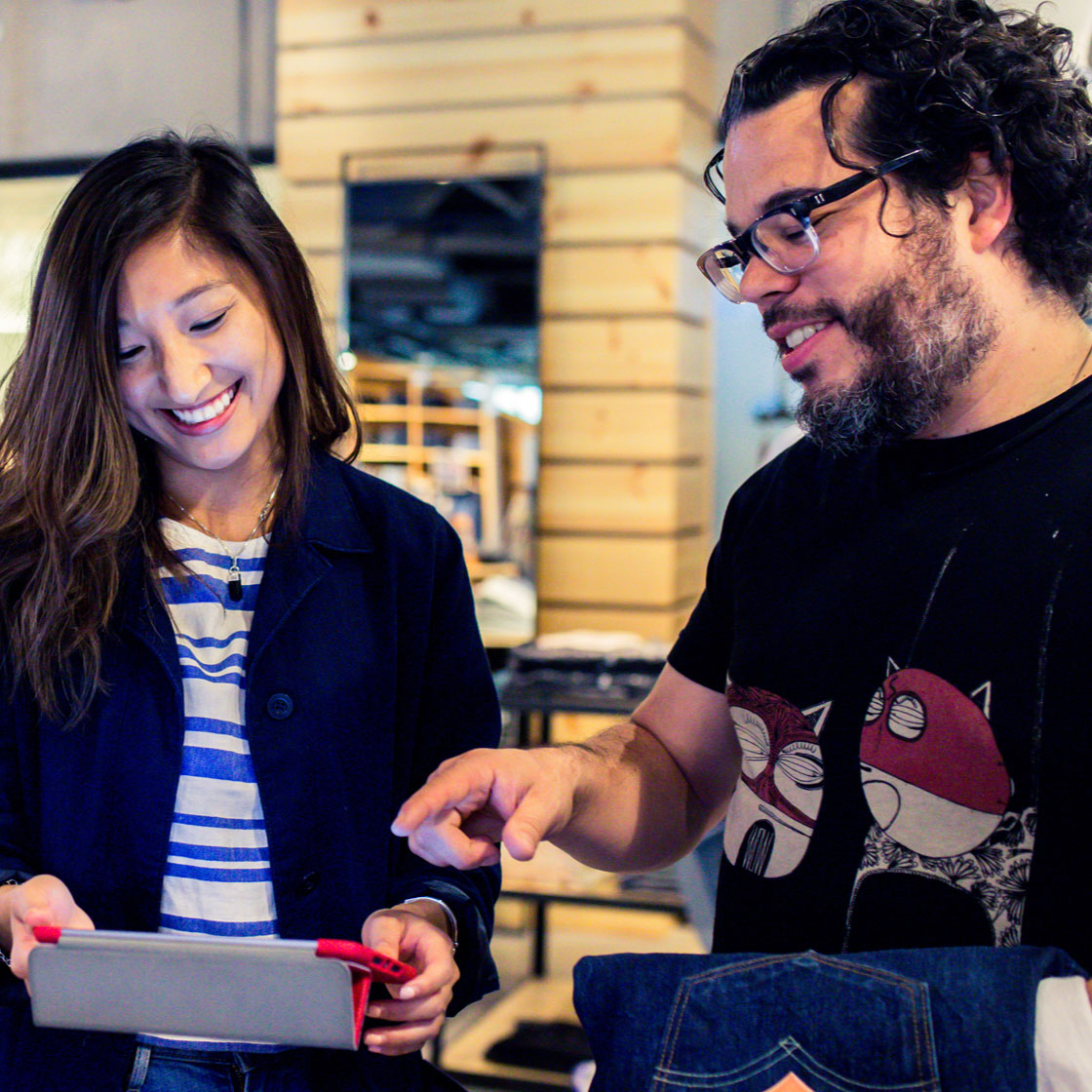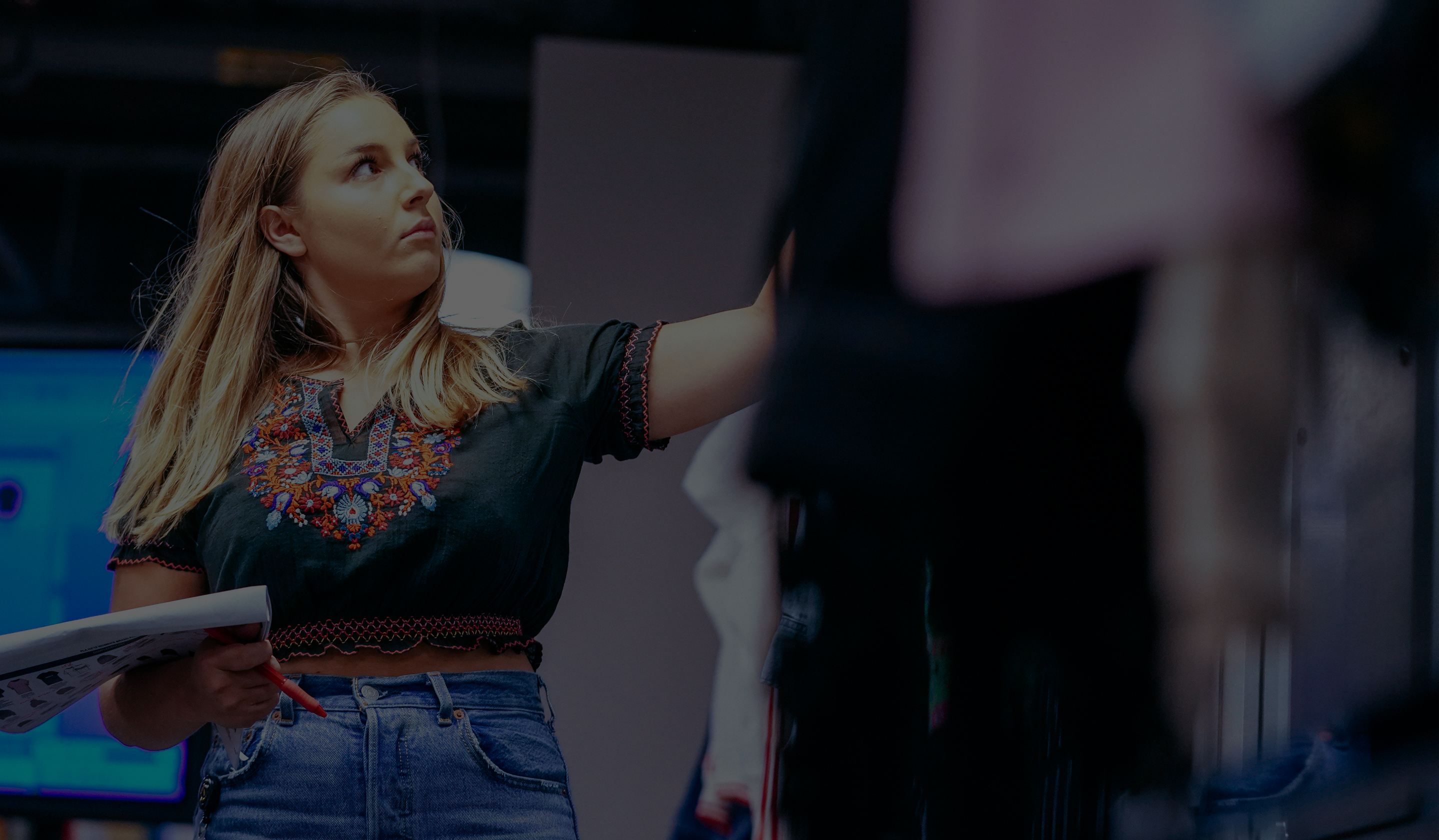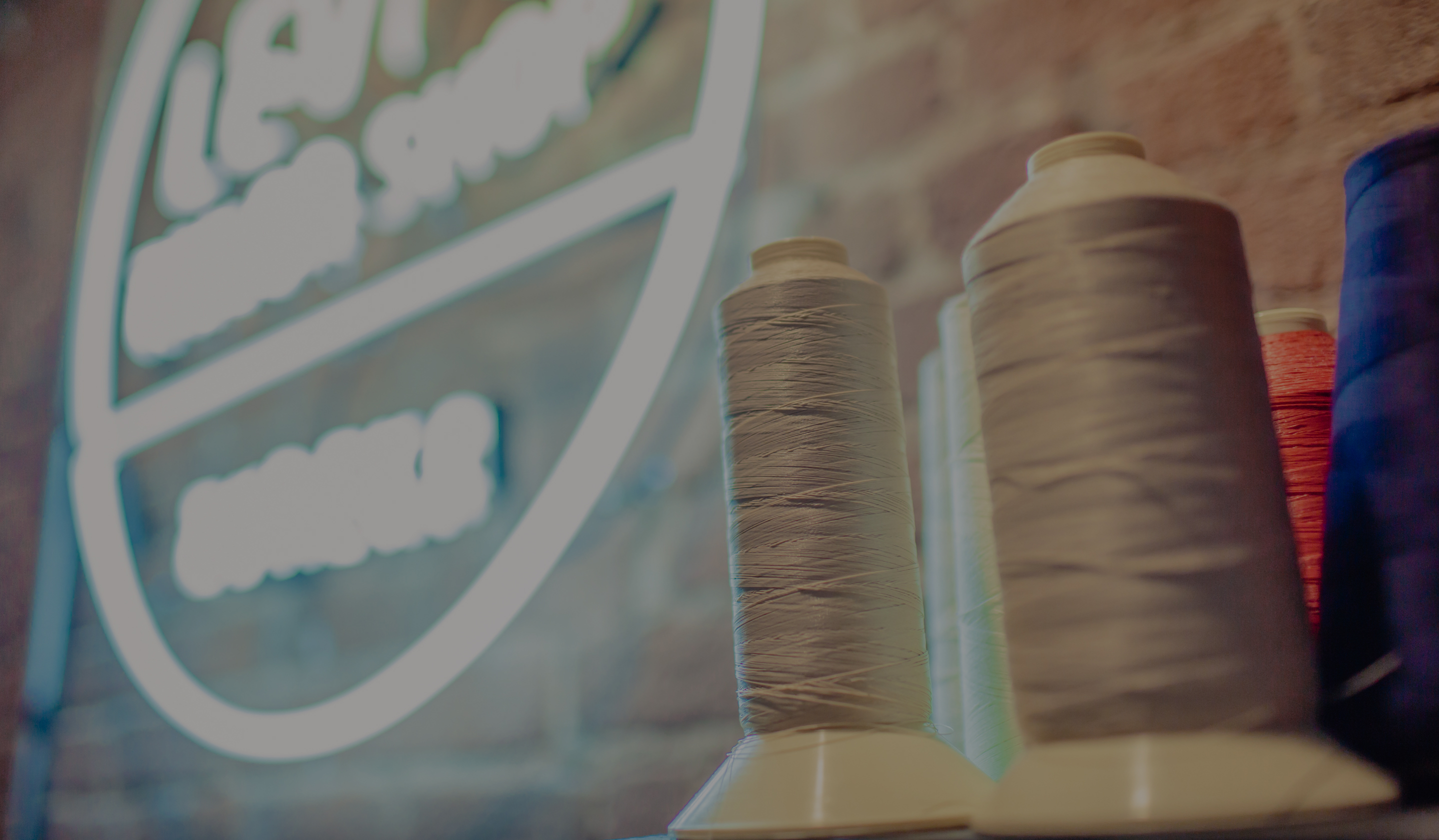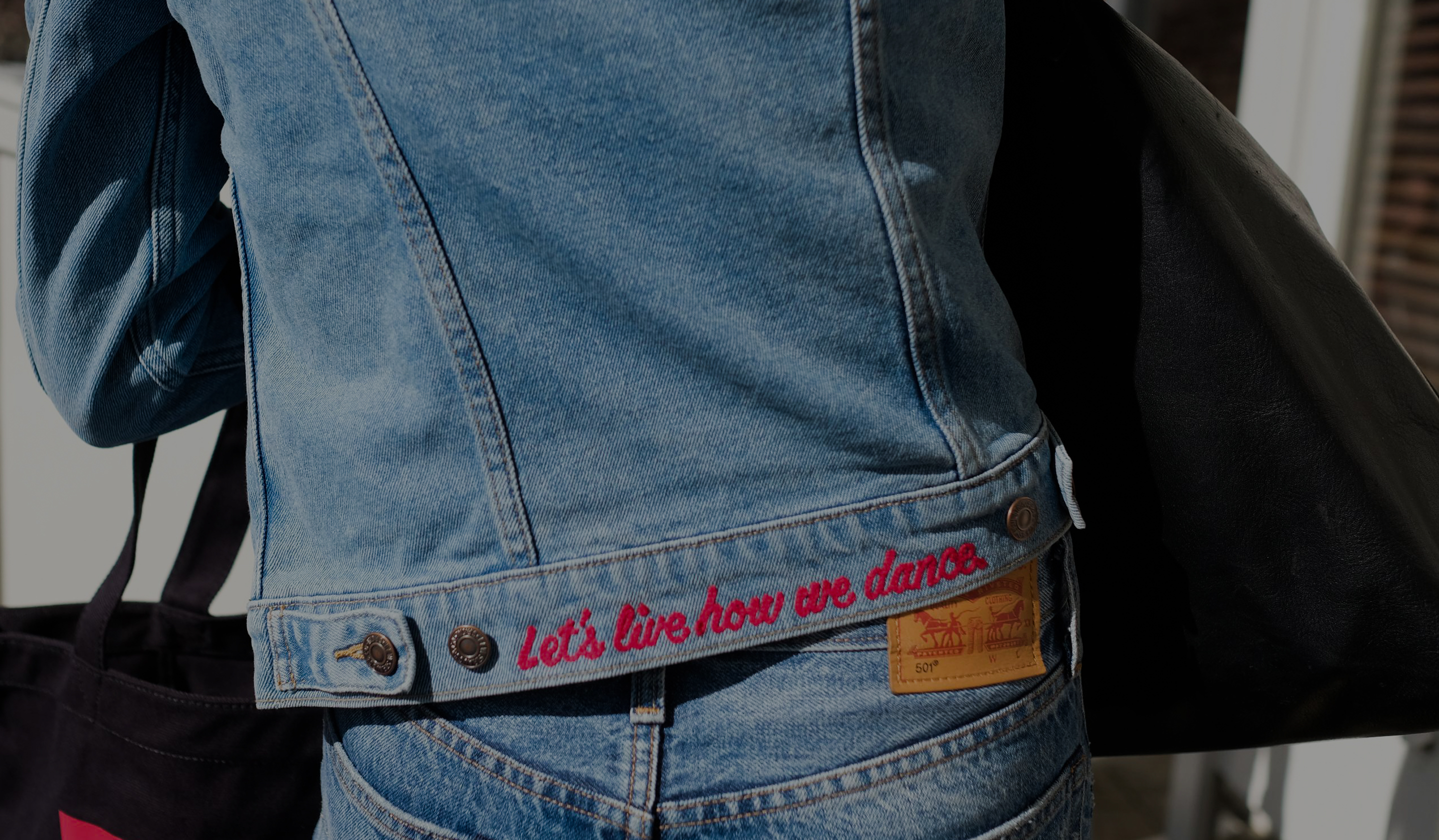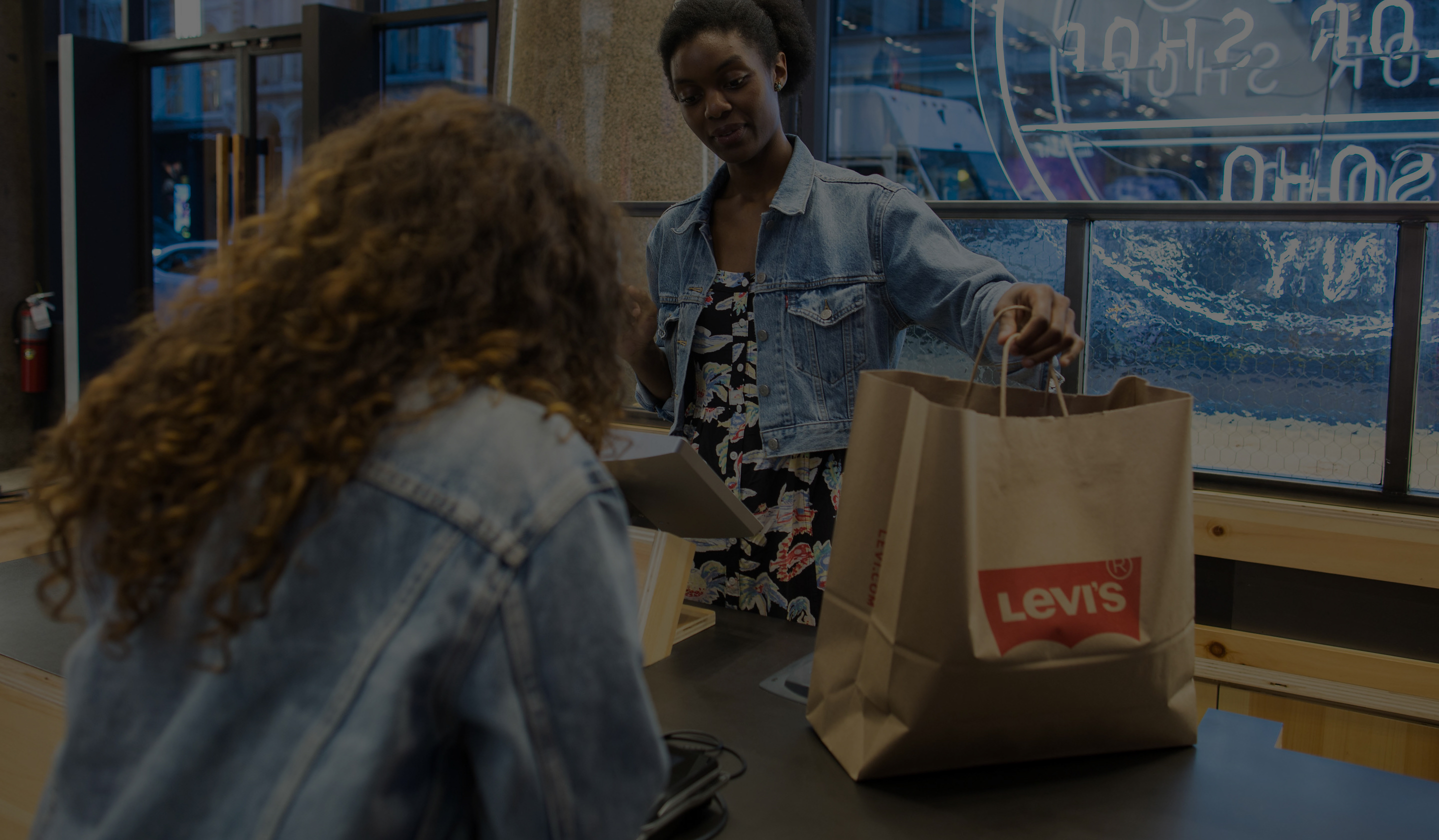The LS&Co. Retail Sustainability Playbook includes operational guidelines for reducing waste generated in our retail stores. It provides guidance for reducing our environmental footprint by minimizing store waste and increasing recycling and reuse rates at all LS&Co. store locations. Among other guidance, the playbook advises retail store managers to:
- Partner with waste haulers to ensure all waste is sent to the proper location, such as a recycling center.
- Ensure all waste is separated at the store level for proper recycling, including cardboard boxes and polybags from shipments.
- Implement a recycle or reuse program for common store items, including clothes hangers, display features, and other recyclable materials.
- Establish in-store recycling programs for customer clothing, along with a local partner for proper donation or recycling of all used clothing.
A recent development, pre-fabricated fitting room walls, allows us to take the walls with us should we move to a new location, eliminating the waste associated with disposing of the old ones and using resources to build new ones. As of mid-2021, this is being done at our stores in India, and we aim to expand use of pre-fabricated fitting room walls to other regions in 2022.
All owned-and-operated U.S. and Canadian Levi’s® retail locations and all U.S. wholesale locations use 100% post-consumer waste stock for their print materials. What’s more, the newest mannequins we use are made from 100% recycled base stock that blends both post-industrial and post-consumer materials. Biodegradable window clings are replacing plastic window signage as of 2021. And we are piloting and setting goals for incorporating recycled denim coat hangers to further reduce wood use and waste in several locations as well. This recycled denim material was an ingenious idea by an LS&Co. employee.


